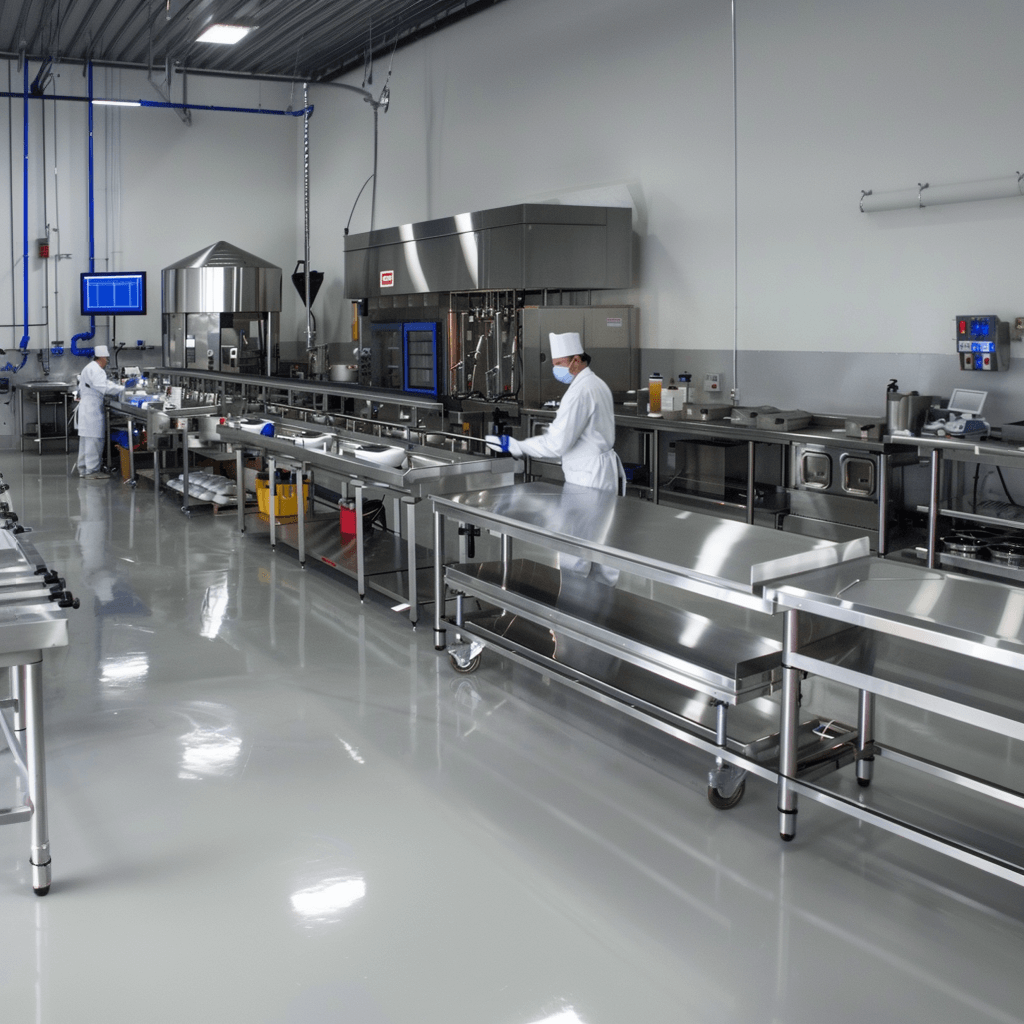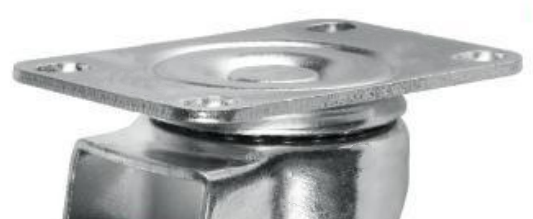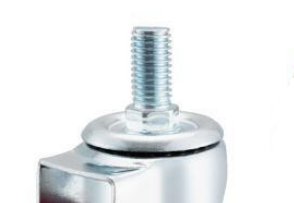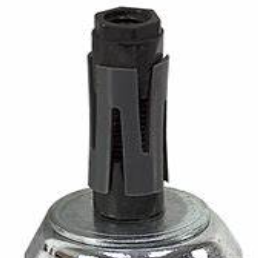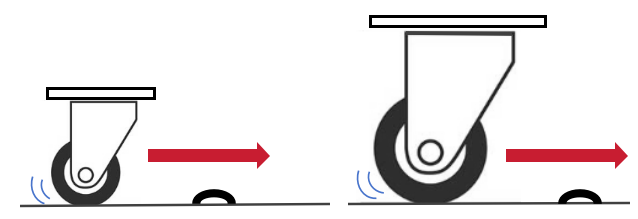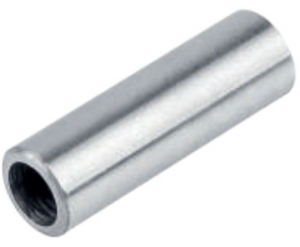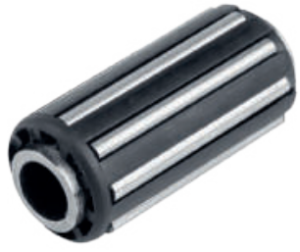Hi! Welcome to WheelsWaycaster.com. Let us guide you through this food industry caster page.
The term “food industry” refers to a complex network of activities and organizations involved in manufacturing, processing, distributing, servicing, and selling food products.
At WheelsWay, we provide mobility solutions to the food industry equipment and machinery by offering qualified caster wheels that won’t fail its portability and meet customers’ requirements.
